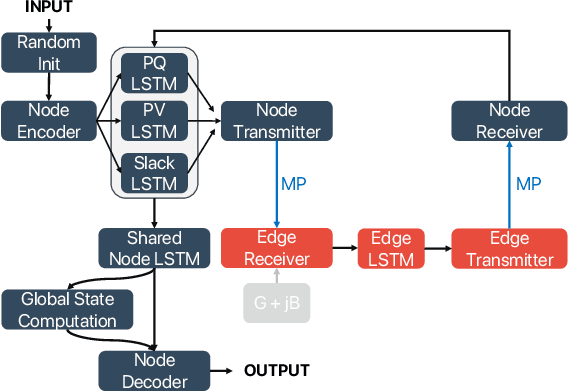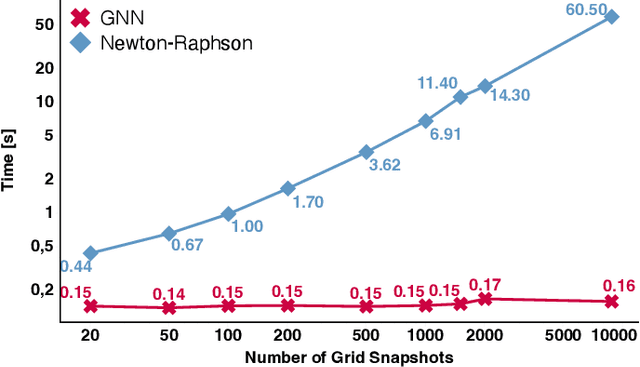Luis Böttcher
Modelling Residential Supply Tasks Based on Digital Orthophotography Using Machine Learning
Oct 25, 2022Abstract:In order to achieve the climate targets, electrification of individual mobility is essential. However, grid integration of electrical vehicles poses challenges for the electrical distribution network due to high charging power and simultaneity. To investigate these challenges in research studies, the network-referenced supply task needs to be modeled. Previous research work utilizes data that is not always complete or sufficiently granular in space. This is why this paper presents a methodology which allows a holistic determination of residential supply tasks based on orthophotos. To do this, buildings are first identified from orthophotos, then residential building types are classified, and finally the electricity demand of each building is determined. In an exemplary case study, we validate the presented methodology and compare the results with another supply task methodology. The results show that the electricity demand deviates from the results of a reference method by an average 9%. Deviations result mainly from the parameterization of the selected residential building types. Thus, the presented methodology is able to model supply tasks similarly as other methods but more granular.
Solving AC Power Flow with Graph Neural Networks under Realistic Constraints
Apr 14, 2022



Abstract:In this paper we propose a graph neural network architecture solving the AC power flow problem under realistic constraints. While the energy transition is changing the energy industry to a digitalized and decentralized energy system, the challenges are increasingly shifting to the distribution grid level to integrate new loads and generation technologies. To ensure a save and resilient operation of distribution grids, AC power flow calculations are the means of choice to determine grid operating limits or analyze grid asset utilization in planning procedures. In our approach we demonstrate the development of a framework which makes use of graph neural networks to learn the physical constraints of the power flow. We present our model architecture on which we perform unsupervised training to learn a general solution of the AC power flow formulation that is independent of the specific topologies and supply tasks used for training. Finally, we demonstrate, validate and discuss our results on medium voltage benchmark grids.
 Add to Chrome
Add to Chrome Add to Firefox
Add to Firefox Add to Edge
Add to Edge